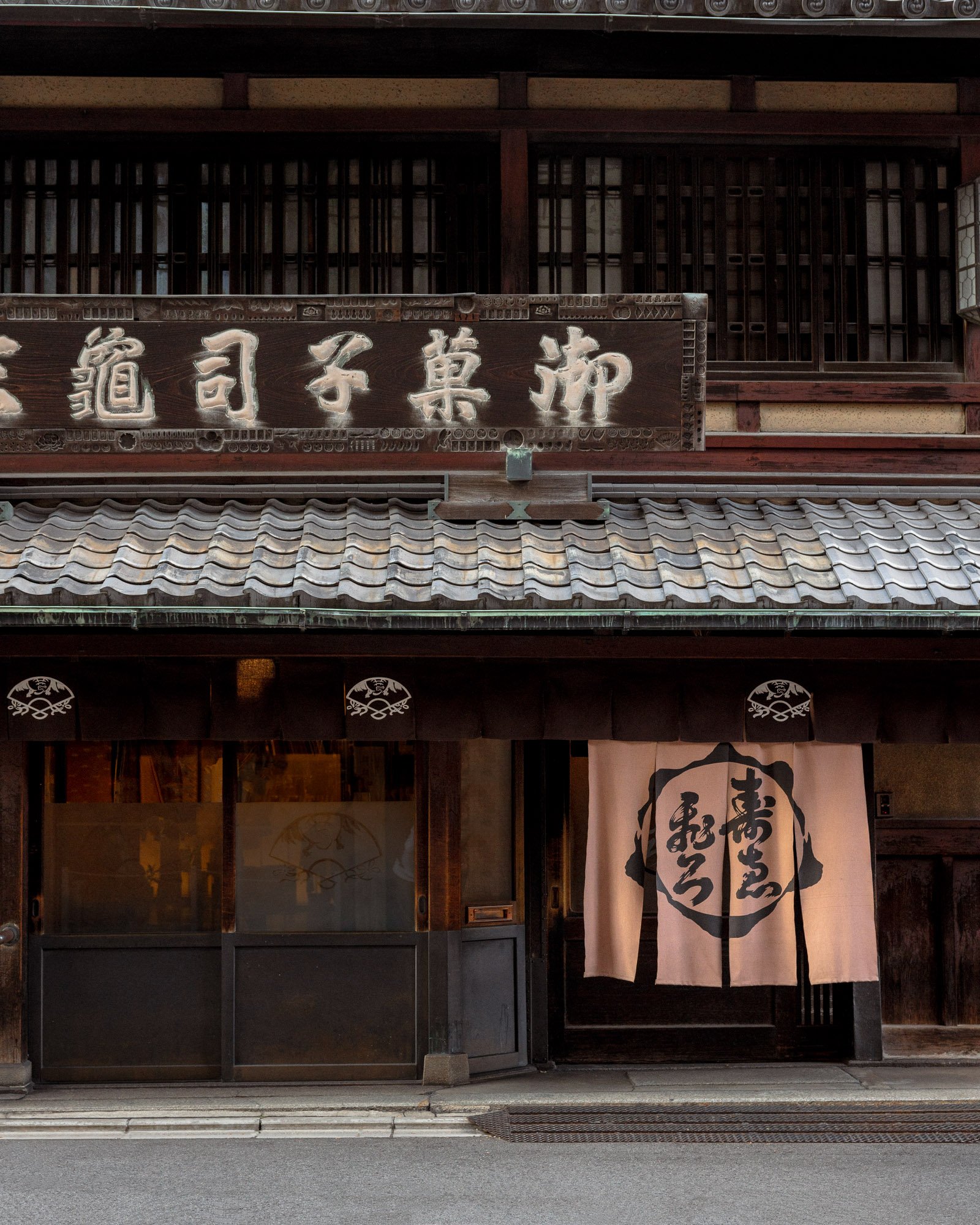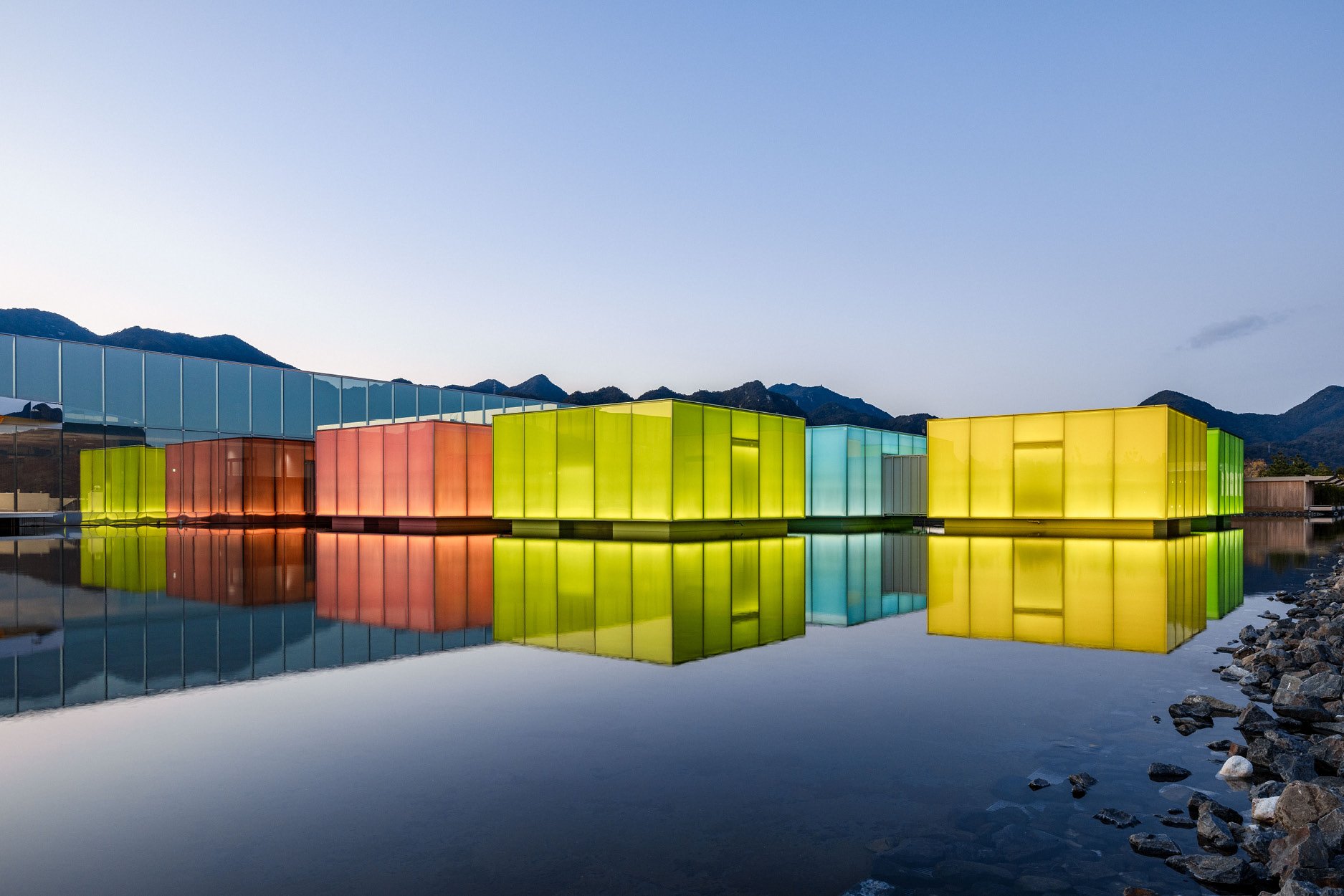The Magical World of The Site of Reversible Destiny
Opened in 1995 and nestled in the scenic Yoro Park, the Site of Reversible Destiny offers a unique experience that blends art, architecture, and philosophy. Designed by the innovative duo Arakawa Shusaku and Madeline Gins, this installation invites visitors to engage in a playful exploration of their surroundings. As you wander through vibrant colours, unconventional structures, and unexpected pathways, you'll find that each element challenges traditional perceptions and encourages new ways of seeing the world. With its stunning natural backdrop and thought-provoking design, the Site of Reversible Destiny is a destination where creativity and nature intersect.
Embrace the Experience
The more you embrace the experience at The Site of Reversible Destiny, the more you’ll get from it. Visitors become part of the landscape, encouraged to move and engage with the space in a way that stimulates both mind and body. The abstract structures, with their bold forms and vivid colours, invite exploration, while patches of carefully maintained grass and scattered trees offer a contrast to the sculptural chaos. As you weave through the site, each step becomes an interaction with art, a living exhibit that challenges conventional experiences of space and perception.
Related Post: Benesse House, Naoshima Island: An Ultimate Guide
Art and Architecture
The Site of Reversible Destiny immerses visitors in a landscape where colour and form reshape perception. Paths twist unpredictably, with sudden shifts in height and angle, urging a change in movement and thought. Bold, sculptural structures of vivid hues (like the Reversible Destiny Office) disrupt the conventional, challenging both balance and spatial awareness. Every corner offers a fresh visual experience, encouraging quiet reflection as art and architecture blur, leaving behind a lingering sense of disorientation and discovery.
Nature’s Influence
In Yoro Park, the Site of Reversible Destiny interacts with the natural world in subtle yet striking ways. The vibrant hues of autumn leaves, sharp against the disorienting forms of the architecture, create an ever-shifting backdrop. In winter, the bare trees frame the pavilions, enhancing their surreal geometry. The park’s quiet hum—soft wind, distant birds—acts as a counterpoint to the bold structures, grounding the site in its surroundings.
Looking for travel guides and itineraries? Subscribe to the weekly Views from Japan newsletter here.
How to Get There
Take the train to Yoro Station on the JR Taita Line, which is about an hour from Nagoya. From the station, you can reach the site by a short bus ride or a scenic 30-minute walk through Yoro Park, and pay the small ¥750 entrance fee.
Discover Japan Like Never Before. Tried & Tested by a Local.
Trusted by thousands of design-conscious, culturally curious and forward-thinking travellers around the world, Views from Japan is a meaningful travel guidebook that gives you all the tools to unlock remote destinations, delve into Japan’s unique cultural traditions and discover lesser-known neighbourhoods, without spending hours trawling the web or following generic itineraries.

















